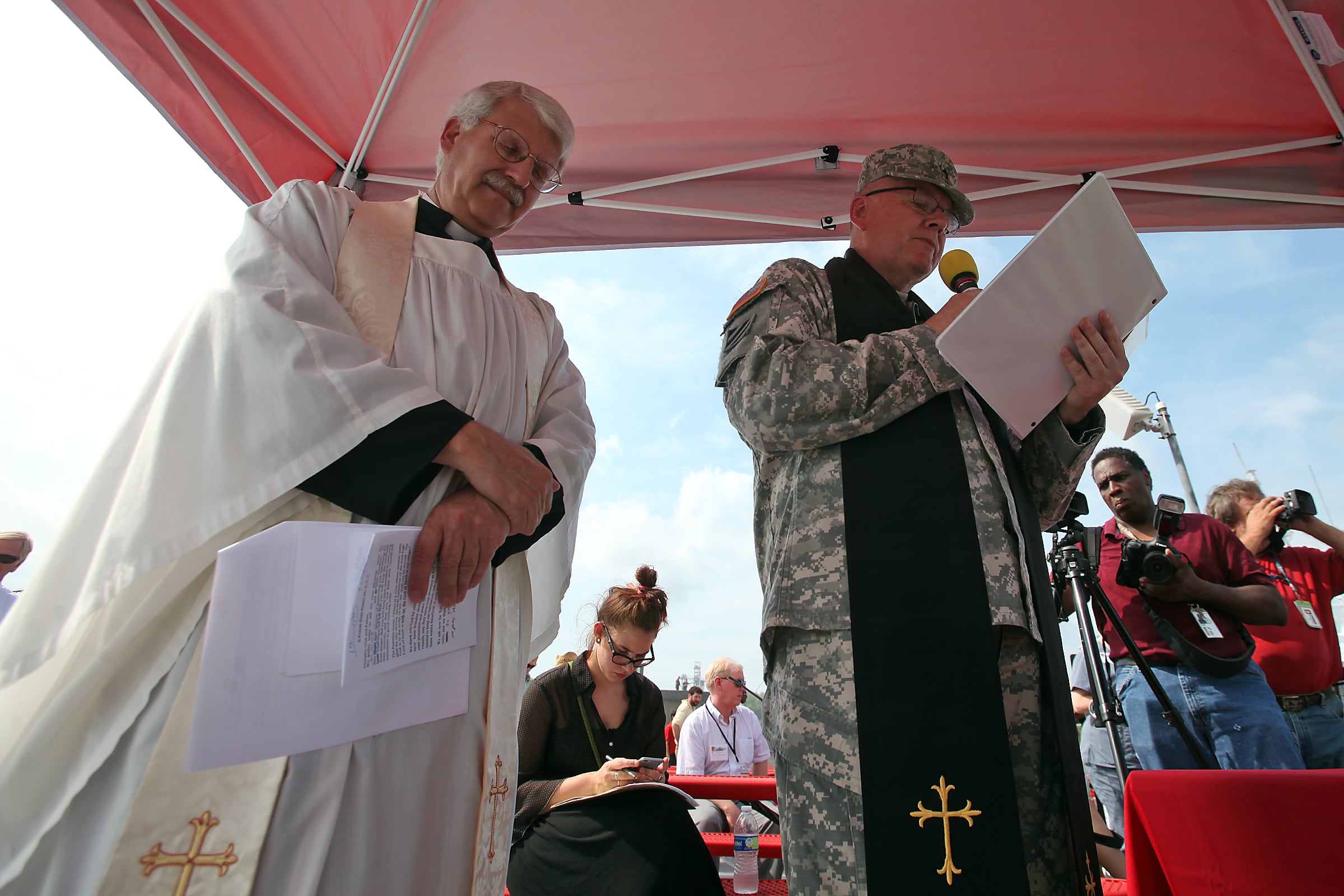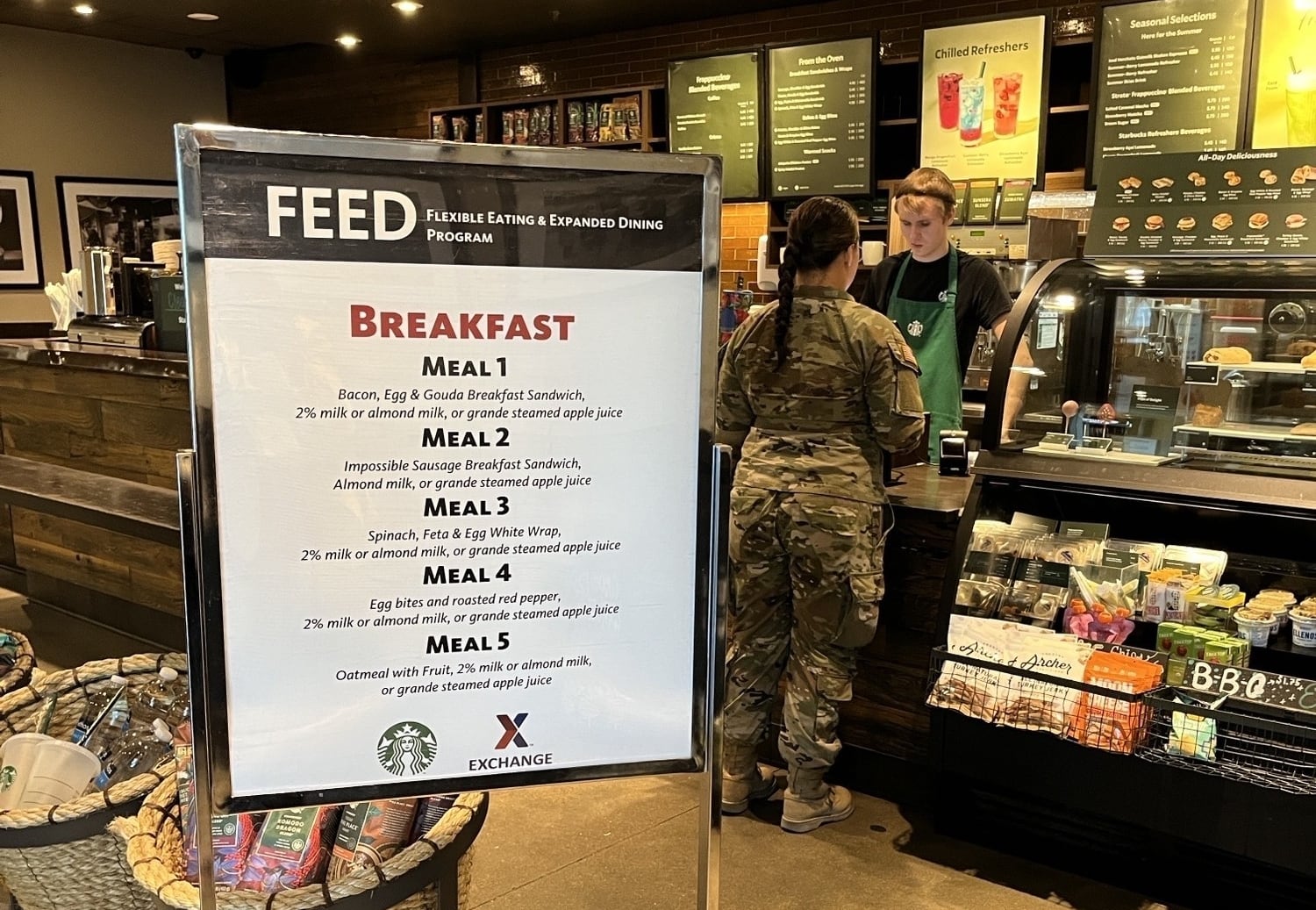RODANTHE, N.C. — As strong winds blew in the afternoon of Aug. 16, 1918, an explosion offshore rattled windows in Rodanthe.
A German U-boat had torpedoed the Mirlo, a British tanker loaded with gasoline, seven miles from shore. The British had been transporting badly needed fuel from the United States for the forces in Europe during World War I.
The six-man U.S. Coast Guard lifesaving crew in Rodanthe led by Capt. John Allen Midgette Jr. pulled the surf boat from its shed to begin what would be a seven-hour rescue.
"We call that boat the seventh hero," said Ralph Buxton, a board member with the Chicamacomico Historical Association, pointing to the 26-foot wooden vessel that still sits at the Chicamacomico Life-Saving Station. "It performed perfectly that day."
RELATED
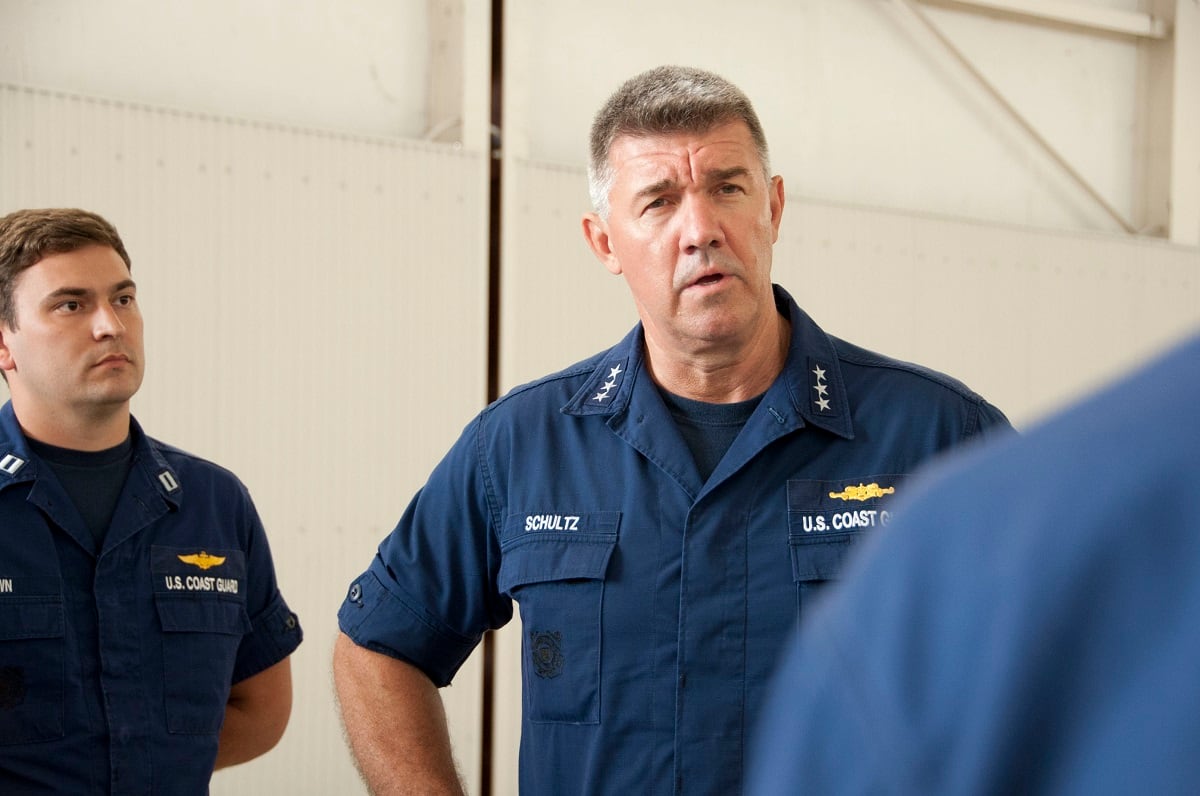
Beginning Aug. 13, the historical association is planning five days of events to commemorate the 100th anniversary of the Mirlo rescue — one of the most daring in Coast Guard history.
In earlier years, the crew had to row to foundering ships. But on that day in 1918, they turned to a boat with the latest 12-horsepower motor, Buxton said.
"That made a huge difference," he said. "The motorized surf boats were state-of-the-art technology then."
The crew launched it into 15-foot waves coming one set after another. It took four tries to get past the massive breakers.
"That was like a semitruck coming at you at 30 miles an hour and another one coming just eight seconds after that," said Carl Smith, retired Coast Guard officer and a board member of the historical association.
The crew motored toward the tanker, now split in two from multiple explosions. The water was on fire with burning fuel. Midgette and his men maneuvered through flames as the heat charred the paint on the boat and singed the men's hair.
One lifeboat and the captain's gig were launched with several tanker crew members aboard. A second lifeboat overturned, leaving men hanging on in the burning waters. Midgette first brought those men aboard his boat and then helped bring the other boats closer to shore. The surf boat safely unloaded its cargo of survivors, then made three more trips to get the others in the boats beyond the breakers. The crew rescued 42 of 51 aboard the Mirlo.
Midgette later recorded in the log, "Crew very tired."
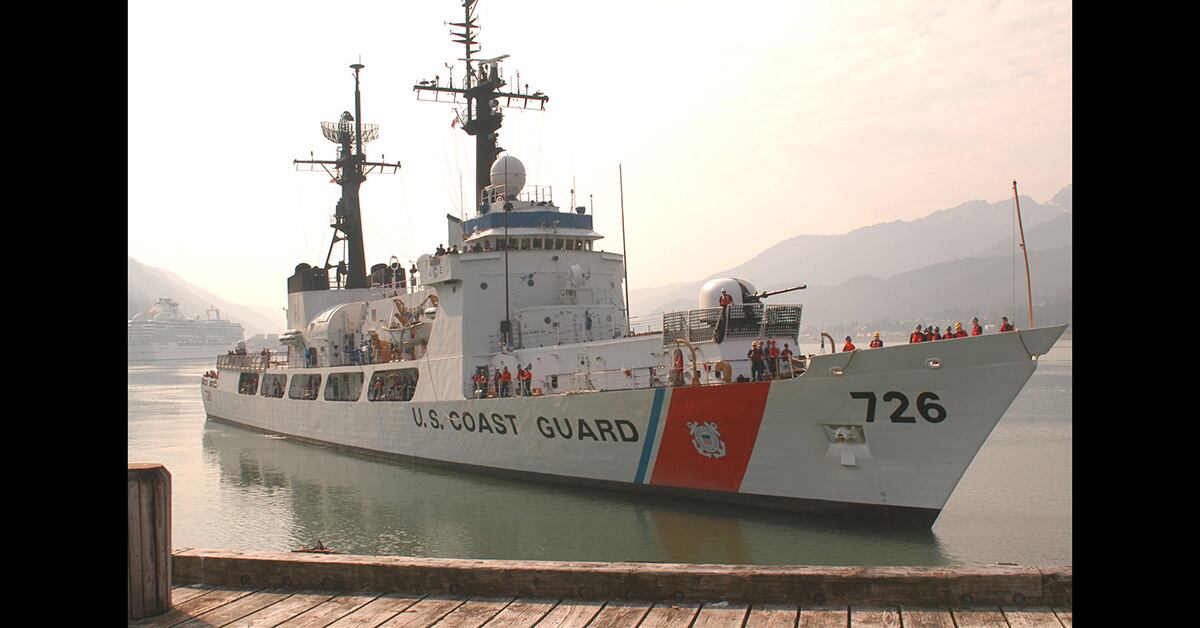
Midgette and his crew were awarded the Gold Lifesaving Medal. The King of England gave them gold medals. Two Coast Guard cutters have been named for Midgette.
Every Thursday at 2 p.m., Smith recounts the famous rescue on the porch of the original station house. Lifesavers either launched a surf boat for ships further offshore or fired a rope to vessels stranded closer to shore.
RELATED
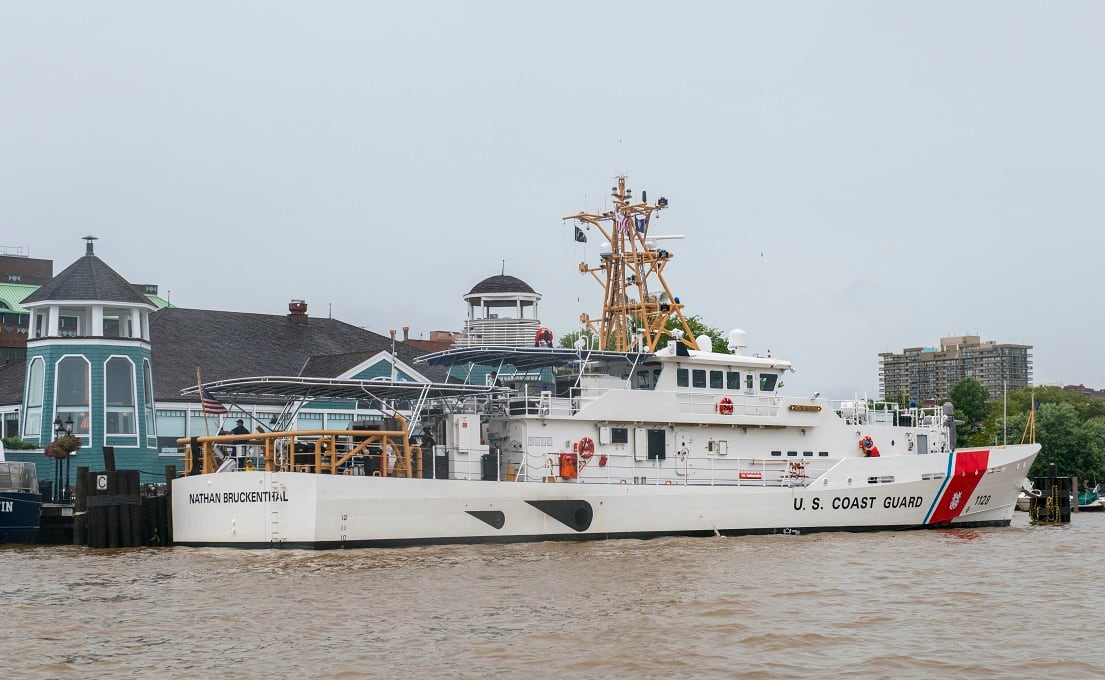
When Smith concluded on a recent Thursday, local volunteers in period clothing demonstrated how a crew would send a rope to a beached ship using a Lyle gun. A crowd of more than 100 people watched the crew fire the cannon perfectly over a "wreck pole" a replica of a ship's mast buried in the dune behind the station.
Typically, the small cannon fired a weight with a rope attached about 700 yards. The ship's crew would tie off the rope and attach a breeches buoy that worked like a zip line to bring survivors to shore.
The lifesaving crews of 100 years ago practiced this drill and that of launching a surf boat, every day, every week, no matter the weather, Smith said.


